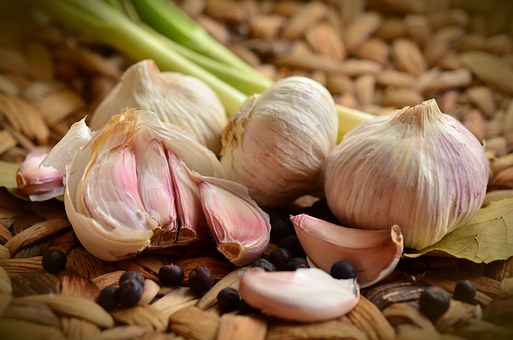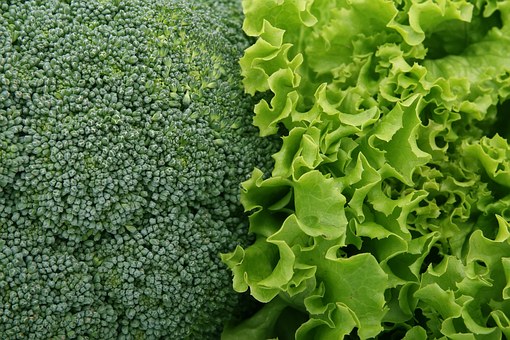Composition of Nigella Sativa (Black Seed)
© HealthyMuslim. See Terms and Conditions

The nigella sativa seed is known by various names, including
- Black cumin
- Black caraway
- Black onion seed
- Black seed
- Fennel flower
- Roman coriander
- Kalonji
Other names mistakenly used are onion seed and black sesame, and although these look similar to nigella sativa, they are not the same seed.
nigella sativa has been used as a herb and pressed into oil for many centuries, for its medicinal and culinary purposes. Research papers on the many benefits of nigella sativa have already been given in a previous article.
Nutritional Composition of Nigella sativa oil
Nigella sativa oil consists of about 35% carbohydrates, 21% protein and 35-38% fats. These fats are both saturated and unsaturated fatty acids and are present in oil in the following percentages:
- Saturated Acids 18.1%
- Monounsaturated Acids 23.8%
- Polyunsaturated Acids 58.1%
Other minerals present in the oil include thiamin, niacin, calcium, folacin, zinc and phosphorus.
The main component in the essential oil of nigella sativa is thymoquinone. It contains up to 50% of this phytochemical compound, which has antioxidant properties. It also contains about 40% p-cymene and 15% a-pinene; naturally occurring organic compounds, as well as small amounts of other constituents.
Nigella sativa seeds
The seeds contain a fatty oil rich in unsaturated fatty acids. The two main unsaturated fatty acids are:
It also contains smaller amounts of saturated fatty acids. The two main ones present are:
Nigella sativa contains fifteen amino acids; these include eight of the nine essential amino acids required for a healthy diet.
Commercial nigella sativa oil may also contain parts of the essential oil, mostly thymoquinone, by which it acquires an aromatic flavor. However, different brands contain varying chemical compositions.
Link to this article: Show: HTML Link • Full Link • Short Link
Share or Bookmark this page: You will need to have an account with the selected service in order to post links or bookmark this page.





|
Related Articles:
- Oral Nigella Sativa Oil Ameliorates Ovalbumin-Induced Bronchial Asthma in Mice
- Protective Effect of Treatment With Black Cumin Oil on Spatial Cognitive Functions of Rats That Suffered Global Cerebrovascular Hypoperfusion
- Clinical Evaluation of Nigella Sativa Seeds for the Treatment of Hyperlipidemia: a Randomized, Placebo Controlled Clinical Trial
- Study Finds Nigella Sativa (Black Seed) Inhibits Pancreatic Cancer
- Composition of Nigella Sativa (Black Seed)
- Research Summaries on Nigella Sativa (Black Seed) - Part 1
- Flax Seed, Black Seed Oil and Honey Oat Porridge - Absolutely Great For Your Health
- Black Seed Oil (Nigella Sativa) And Its Disease Preventing Effects
You must be registered and logged in to comment.
Most Popular
Latest Articles
Popular Subjects
Health, fitness and longevity
Based upon the principles of health
in the Qur'an and Prophetic Traditions.
HealthyMuslim.Com
There are two bounties in which
most people lose out: good health
and free time. Al-Bukhari.























